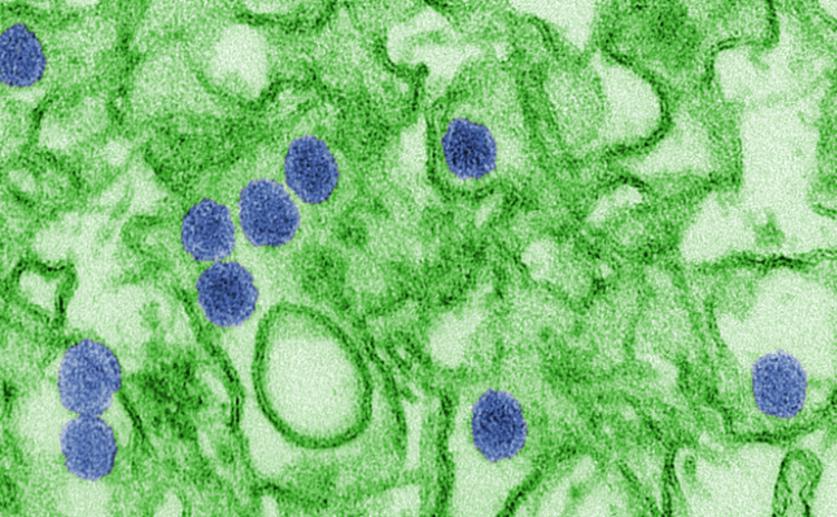
This archived news article is over 5 years old.
Scientists Use Cryo-electron Microscopy to Study the Immature Form of the Zika Virus
Stephanie Wolek
9th January, 2017


Stephanie Wolek
9th January, 2017
